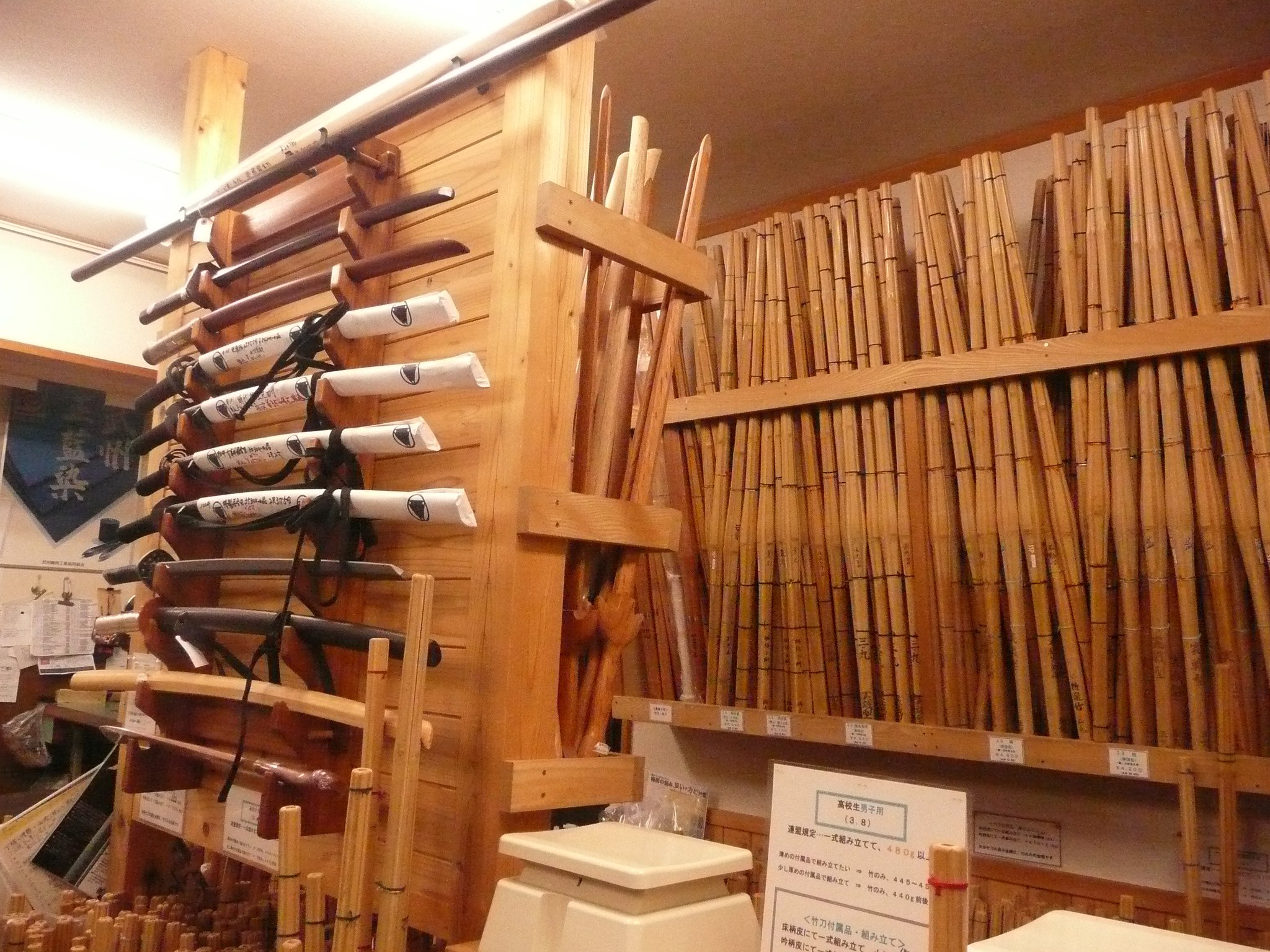There’s a reason wooden swords never go out of style. They’re safe, they’re nostalgic, and best of all, they’re fun to make. Whether you’re a parent looking to build a toy for your child, a cosplay enthusiast needing a prop, or just someone who enjoys weekend woodworking, making a wooden sword is a satisfying project that blends creativity and craftsmanship.
Why Build a Wooden Sword?
It might sound simple at first—cut a plank, round the edges, and boom, you have a sword. But there’s a charm in shaping wood into something that feels like it belongs in a storybook. For me, the first wooden sword I made wasn’t for a project; it was for a costume I needed at the last minute. I had a dull handsaw, some leftover oak, and about four hours. The result? Not perfect, but memorable.
Wooden swords make great gifts for kids, and they offer a creative outlet for anyone interested in medieval history, fantasy lore, or just hands-on learning. Plus, no batteries needed.
What You’ll Need (Tools & Materials)
Tools:
- Jigsaw or coping saw
- Sandpaper (80 to 220 grit)
- Clamps
- Wood rasp or file
- Drill (for crossguard/dowel holes)
- Pencil, square, and measuring tape
Materials:
- 1×3 hardwood board (poplar or oak is ideal)
- Wood glue
- Wooden dowel (for reinforcement)
- Wood stain or acrylic paint
- Clear finish (polyurethane or polycrylic)
- Leather cord or cloth strip (for handle)
Amazon Picks:
- Titebond III Wood Glue
- General Finishes Gel Stain
- Hardwood Hobby Board – Oak
- Wood Rasp Set for Shaping
Step-by-Step: Crafting Your Wooden Sword
1. Draw Your Design
Sketch your sword on cardboard first. I like keeping it to around 30 inches total, with a 24-inch blade and a 6-inch handle. Trace the shape onto your wood with a pencil.
2. Cut Out the Shape
Clamp your board down and use a jigsaw to follow your outline. If you only have a coping saw, that works too, just takes more time. Remember to go slow around the curves.
3. Bevel the Edges
Take your rasp and file the edges down into a soft bevel. You don’t want sharpness—just enough shape to give the illusion of a blade.
4. Attach the Crossguard
Cut a 6-inch piece from the same board or a scrap. Drill a centered hole halfway through the thickness and slide it over the handle with glue. You can reinforce it with a dowel or a screw if you want it solid.
5. Sand Everything Smooth
Start rough with 80-grit and work up to 220. I usually sand the handle a bit more to give it a nice grip.
6. Paint or Stain
This is where it gets fun. Stain it for a realistic medieval look or go wild with acrylics. Once it dries, apply a clear protective finish. I prefer Minwax Polycrylic for its fast dry time.
7. Wrap the Handle
Wrap the handle in leather cord, old shoelaces, or even strips of t-shirt. This gives it grip and flair.
Optional Customizations
- Runes or Symbols: Woodburning tools make this easy.
- Fantasy Styling: Add metallic paint, jewels, or even foam accents.
- Weathered Look: Dry brush black paint over silver for an aged metal feel.
For the Kids: Mini Sword Build
If you’re doing this with young kids (under 8), scale everything down:
- Blade: 18”
- Handle: 4”
- Use softwood like pine
- Round every corner aggressively
- Seal with kid-safe, non-toxic finish
Let them decorate it with stickers, paint, or markers. Just be sure they don’t use it to hit their siblings.
Common Issues & Fixes
Problem: Crossguard won’t stay in place.
Solution: Add a dowel through the handle or reinforce with a screw and glue.
Problem: The wood split during cutting.
Solution: Use hardwood without knots and cut slowly. Don’t force the blade.
Problem: Paint bled under stencil.
Solution: Use repositionable adhesive or painter’s tape and dab lightly.
Safety First
- Don’t let kids use power tools without supervision.
- Always round edges and sand splinters.
- For full-contact use (like mock battles), add foam padding.
Wooden swords are great toys, but they can still sting. Always talk about safety before handing one over.
Display Ideas
Finished swords look great on a wall rack, especially if you’ve customized them. Use a basic wall hook or screw two pegs into a board for a rustic display. You can also paint a shield backboard and mount it as wall art.
History Corner: The Wooden Sword Legacy
Wooden swords go back thousands of years. Roman gladiators trained with wooden versions before entering the arena. Samurai practiced with bokken, and medieval squires learned with wood before ever touching steel.
In my own home, there are now five wooden swords—each one different, each tied to a different project, costume, or memory. One even has burn marks where I tried (and failed) to add elvish runes.
Internal Links to Add:
- How to Build a Wooden Shield
- Beginner Woodworking Tools Guide
- Best Wood Glues for DIY Projects
- Staining Wood Like a Pro




